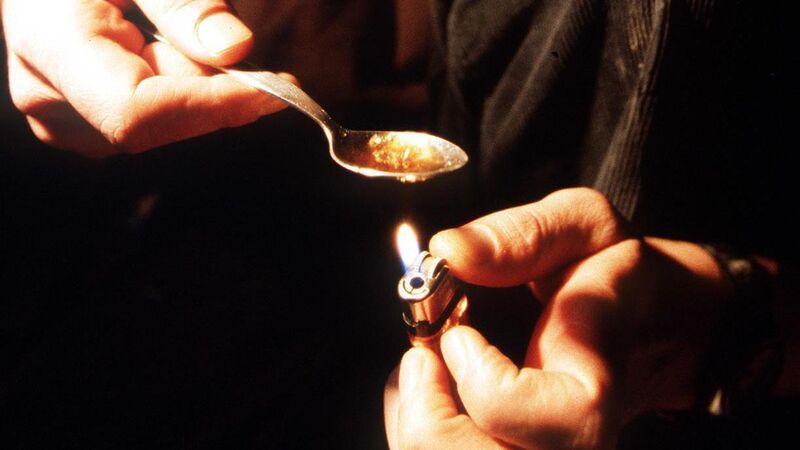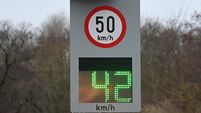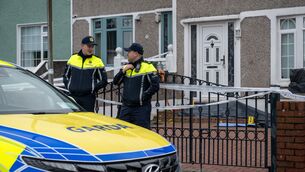Heroin treatment higher in poor areas, but opioid cases more prevalent among affluent

An analysis of Irish drug treatment data confirms that opioid use, typically heroin and methadone, is far higher among people from very disadvantaged areas. File photo
There are four times as many drug treatment cases involving people from disadvantaged areas than people from affluent communities, new research shows.
An analysis of Irish drug treatment data confirms that opioid use, typically heroin and methadone, is far higher among people from very disadvantaged areas. But it also reveals that other opioids, namely codeine products, account for the largest number of treatment cases involving people from very affluent areas.
A study by the Health Research Board looked at over 46,000 drug and alcohol treatment cases during the years 2019 and 2021. It said there were “substantially more” treatment episodes in disadvantaged areas than in affluent ones.
Figures for deprivation and treatment cases per 100,000 people show:
- Very and extremely disadvantage – 293 cases;
- Disadvantaged – 225;
- Marginally below average – 92;
- Marginally above average – 63;
- Affluent – 61;
- Very and extremely affluent – 66.
Taking the opposite groups together, treatment cases were around four times higher in disadvantaged areas than affluent ones.
The study shows a pronounced relationship between “very disadvantaged” areas and opioids. While less than 3% of the population live in very disadvantaged areas, they account for 11% of all opioid cases.
At the other end of the social spectrum, the study found opioids were the most common type of drug treatment in “very affluent” areas, almost twice that of alcohol and cannabis and above that for cocaine.
While very affluent areas accounted for 1.75% of the population, they made up 1.79% of opioid cases, compared to 0.99% of alcohol cases and 0.84% of cannabis cases.
In relation to cocaine, disadvantaged communities, although accounting for only 11% of all areas, were the single biggest geographical area for opioid episodes, at 31%. The report said the figures “clearly demonstrate the relationship between deprivation and opioid treatment”.
It said the relationship between treatment cases and deprivation is “largely driven” by urban areas, with a “less pronounced” relationship in rural areas.
A related study on treatment, broken down by regions, shows contrasting trends in different areas.
There was a significant rise in the total number of treatment cases in Area A – North Dublin, Meath, Louth, Cavan, Monaghan – and Area B – Longford, Westmeath, Offaly, Laois, Kildare, parts of Dublin and Wicklow.
Treatment cases in Area A rose from 3,778 in 2016 to 5,065 in 2021, while cases in Area B increased from 3,509 to 4,075.
Area D – Cork and Kerry – saw a significant reduction in cases, from 2,617 to 1,910 in the same period. Area E – Limerick, Tipperary North and Clare – saw an increase, from 1,286 to 1,342.
The study also examined data collected in the 2019/2020 National Drug and Alcohol Survey, with three in 10 people saying local drug-dealing is a big problem in their area, with the highest rate in Area B (41%).
One in 10 people had either personal experience of drug-related intimidation or knew somebody who had. The rate was highest in Area B (14%). It said that last year prevalence of cannabis use was 5.9% and that the rate of last-year cannabis use disorder was 1.2%.










